2017 was an expensive, deadly year of natural disasters on Earth.
Wildfires relentlessly scorched dry land from California to Portugal. Super-strength hurricanes and tropical storms slammed homes from the Caribbean to Ireland. Famine continued in Somalia and Yemen, while avalanches killed more than a hundred people in Afghanistan.
People around the world recorded record-breaking devastation, much of it caused by higher-than-usual temperatures on land and at sea. Climate experts say that in a warming world, these fatal events will continue to worsen. A November 2017 report released by the Trump Administration cautioned that “extreme climate events” like heavy rainfall, extreme heatwaves, wildfires, and sea-level rise will all get more severe around the globe, and that some of these events could result in abrupt, irreversible changes to the climate as we know it.
Here’s a look at some of the deadly power Mother Nature wielded in 2017:
A trio of super-strong hurricanes pummeled the Caribbean and US Gulf Coast, with each storm causing tens of billions of dollars in damage.
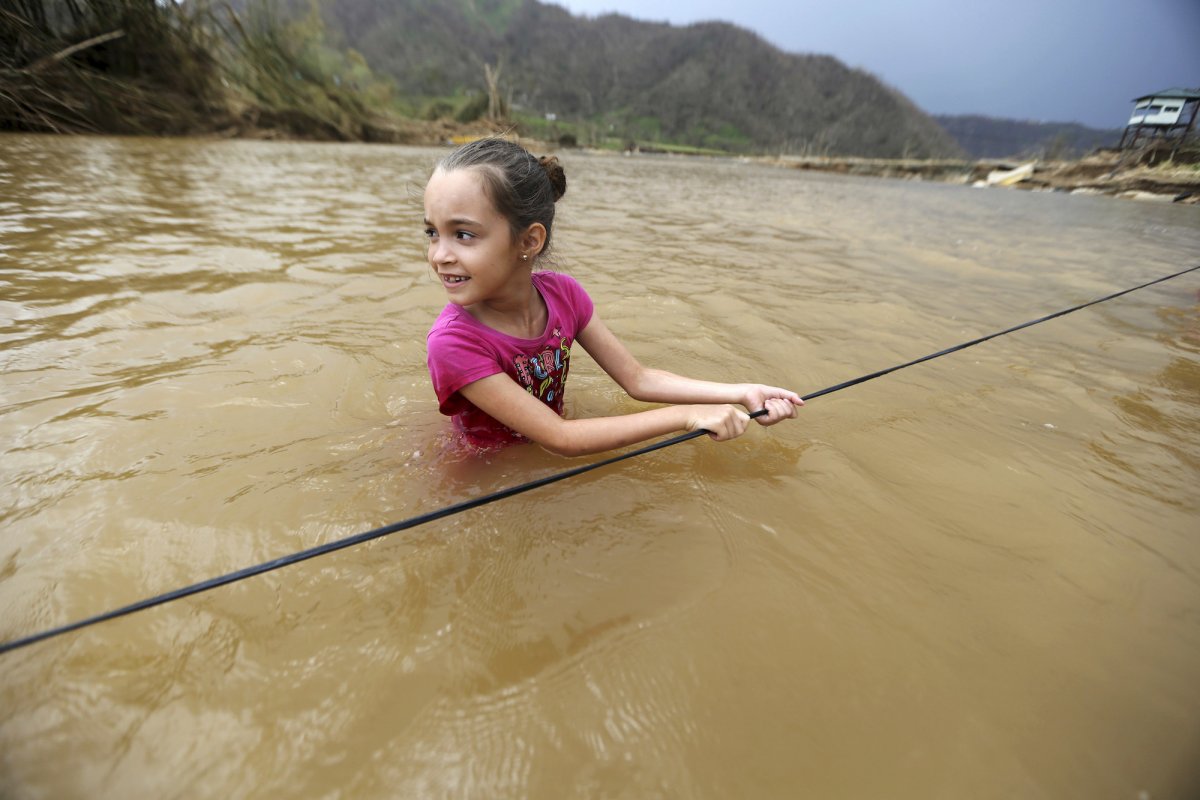
Hurricanes Harvey, Irma and Maria swept through the Atlantic in August and September, leaving a trail of useless power lines, drowned homes, and deadly destruction in their wake.
The National Hurricane Center called it an “extremely active” year for hurricanes: at least seven storms had wind speeds upwards of 74 miles per hour.
About a third of Puerto Rican residents are still without power three months after Hurricane Maria touched down on the island. Maria alone is projected to cost $95 billion in damage.
And while the official death toll in Puerto Rico stands at 64 dead, the governor there is calling for a review of the numbers, after The New York Times reported that unusually high death counts after the storm were not included in the official numbers, and the actual death toll may be over 1,000 people.
Experts estimate the damage from Hurricane Harvey alone could cost upwards of $100 million.
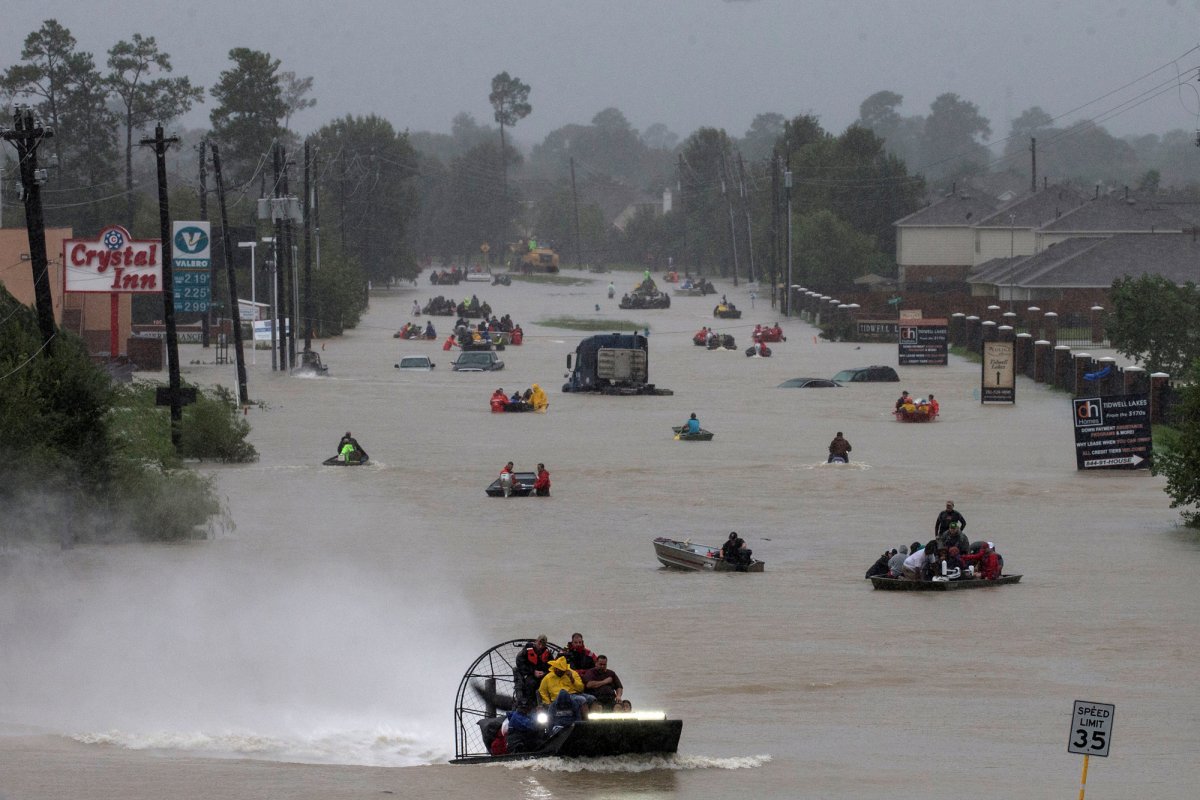
At least 82 people died when Harvey hit land. Most of them perished while trying to escape the floodwaters.
The watery problem was only made worse when a chemical plant lost power, and the warming combustibles went up in flames in multiple explosions. Thick black smoke wafted up from the chemical fires that broke out at the Arkema SA plant in Crosby, Texas.
Police officers, fire fighters, and emergency workers maintained a 1.5-mile evacuation perimeter around the plant, and are now suing the French chemical giant for $1 million. Several had to be taken to the hospital and treated for smoke inhalation.
Hurricane Irma hit Florida hard. Growers are worried about the long-term effects on their crops.

The category 5 storm, one of the strongest in Atlantic hurricane history, lashed the southern and western Caribbean before cruising to Cuba and the Bahamas and finally reaching Florida on Sept 10 as a Category 4 storm.
Analysts put property damage estimates from the storm between $42-65 billion.
Orange-growers in Florida are already feeling the effects: an estimated 50% of this year’s crop was wiped out, as fruits were knocked off trees and fields flooded.
A massive magnitude 7.1 earthquake shook Mexico City, killing 369 people.

The September 19 earthquake devastated a region used to a bit of rumbling. Mexico sits at the intersection of three massive tectonic plates and is one of the most seismically active countries in the world.
But even a country with an official earthquake-alert system and new early-warning cell phone apps was no match for this tremor. Among the dead in September: 20 children who were crushed when their school collapsed.
620 people were killed and more than 8,000 were injured by an earthquake on the Iraq-Iran border in November.
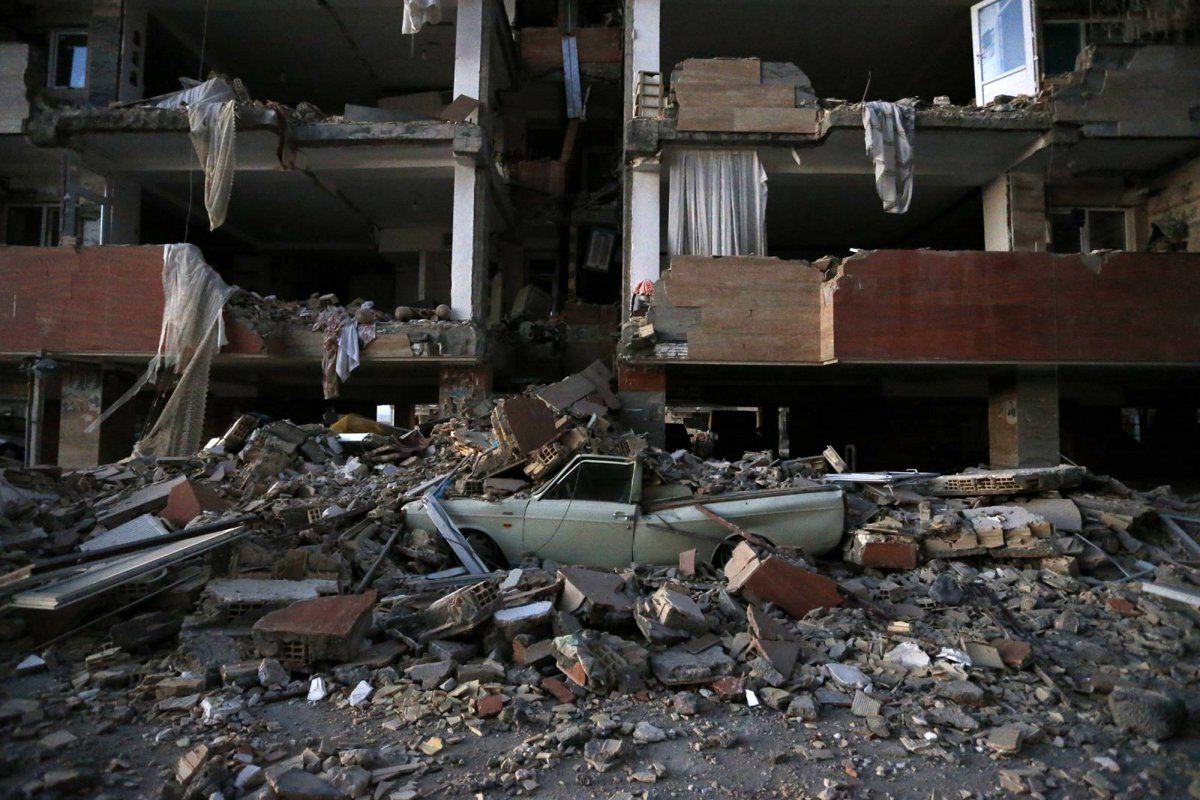
Scientists say that we could see twice as many deadly quakes next year because the Earth’s rotation is in a slowdown, which means the equator has shrunk.
The worst floods in a decade poured over South Asia. 1,400 people were killed in monsoon rains that hit India, Nepal and Bangladesh.

Many criticized the Indian government for not focusing more on preventative efforts to help with the annual flooding.
The monsoon rains also crippled people fleeing religious persecution in nearby Myanmar. The extra water made travel perilous for the nearly 400,000 Muslim Rohingya refugees who fled into Bangladesh. The United Nations calls the ongoing situation in Myanmar a ‘textbook example’ of ethnic cleansing.
California spent much of the autumn in flames.
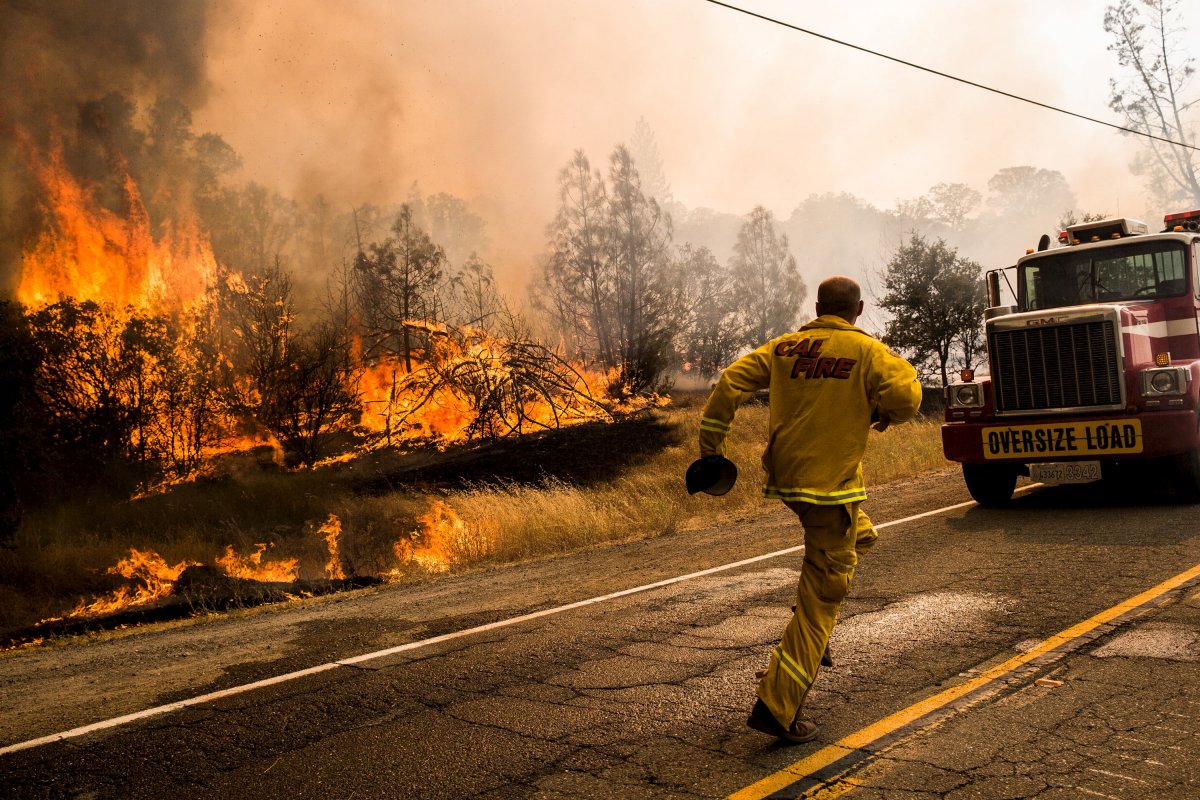
Blazes gutted Napa Valley in October, killing more than 40 people in the state’s deadliest wildfire streak.
Just weeks later, the hills near Los Angeles broke out in flames. Highways were transformed into a hot hellscape, fueled by dry, hot weather and powerful Santa Ana winds.
Farm fields were devastated: worried avocado growers huddled for an emergency meeting in late December, and lemon growers told the New York Times that the fires will be a “game changer” for business. In Napa, winemakers are still tallying the damage to their burnt vines.
The state spent $505 million fighting wildfires in 2017, more than ten times what it spent on blazes 20 years ago.
But Americans weren’t the only ones hit hard by big fires: In January, Chile saw its worst wildfires in the country’s history, and Portugal set a new record, too. Longer, more intense wildfire seasons are one of the consequences of climate change.
The dry conditions that fueled flames in some spots also perpetuated long-term drought in others.

The earth is parched in northeastern Brazil, where a five-year drought is the worst dry patch on record. Residents told Reuters that their water is dirty, smelly, and undrinkable.
In Somalia, dry conditions are causing starvation.

A drought in the Horn of Africa has countries like Somalia on the brink of famine. An unusually high 18,000 cases of cholera were recorded in the first three months of 2017 alone, as clean water sources dried up in the region.
An estimated 360,000 Somali children are severely malnourished and things aren’t much better in neighboring Kenya, where 1.3 million people need more food.
Aid workers are urging immediate action to avoid a repeat of the 2011 famine, when more than 250,000 Somalis died.
A record-breaking typhoon busted the markets in Hong Kong and rammed into China.
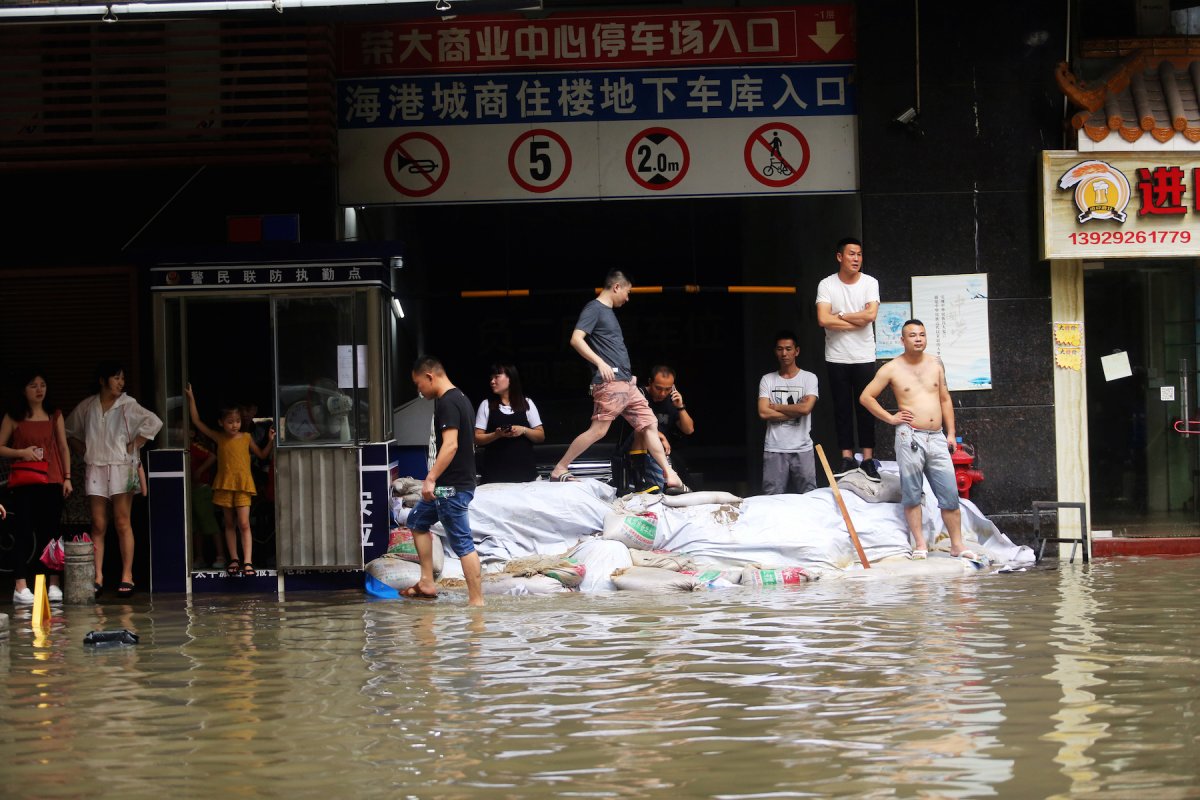
At least 12 people were killed in China when Typhoon Hato thrust 99 mile-per-hour winds onto the land. Water pumps were damaged and power was cut off on the former Portuguese colony of Macau, and the markets were shuttered in Hong Kong, where trees were uprooted and at least 34 people were injured.
It was the strongest storm of its kind that China has seen since 1968.
A Chinese village was utterly destroyed in a June landslide, but the death toll there is still a mystery.
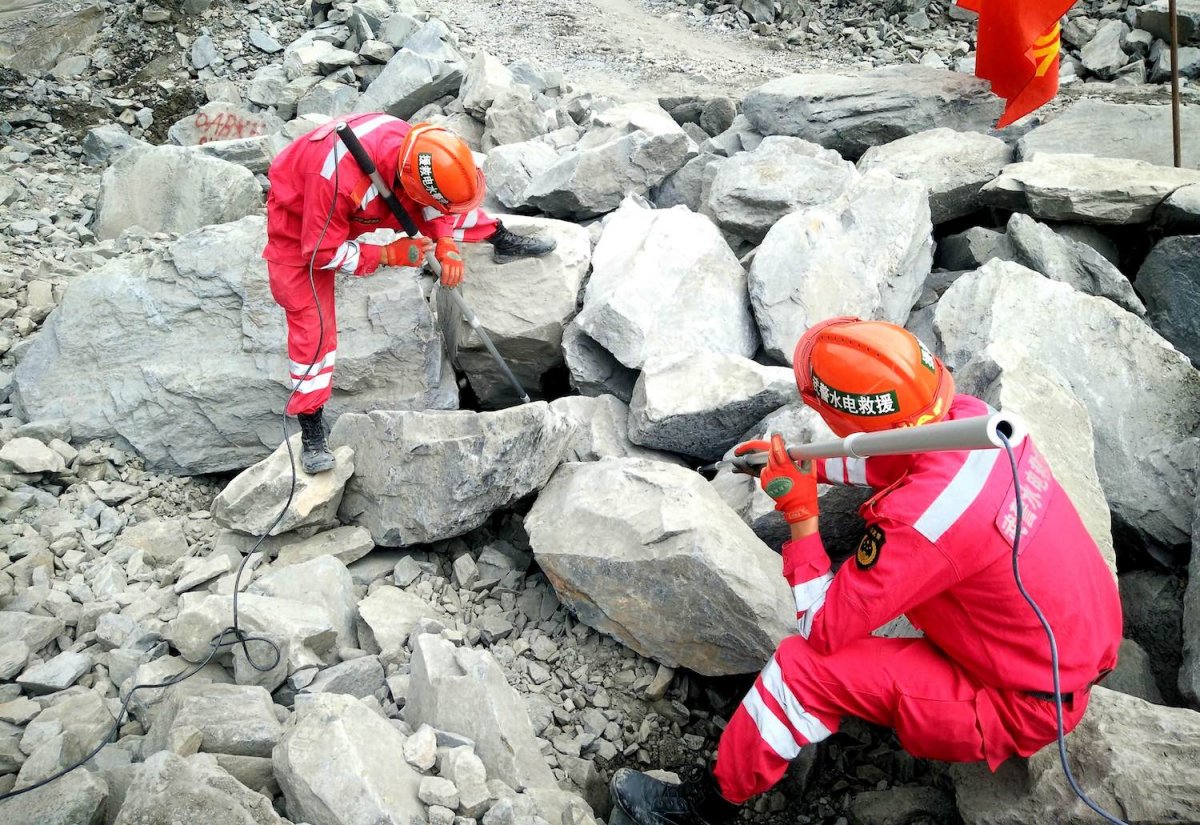
Reporters were frustrated by the Chinese government’s attempts to halt coverage of the deadly disaster.
Many outlets reported that more than 100 had gone missing and were feared dead, trapped under the rubble, but The New York Times reported that officials only tallied 15 bodies.
Another slippery landslide in Sierra Leone killed hundreds of people.
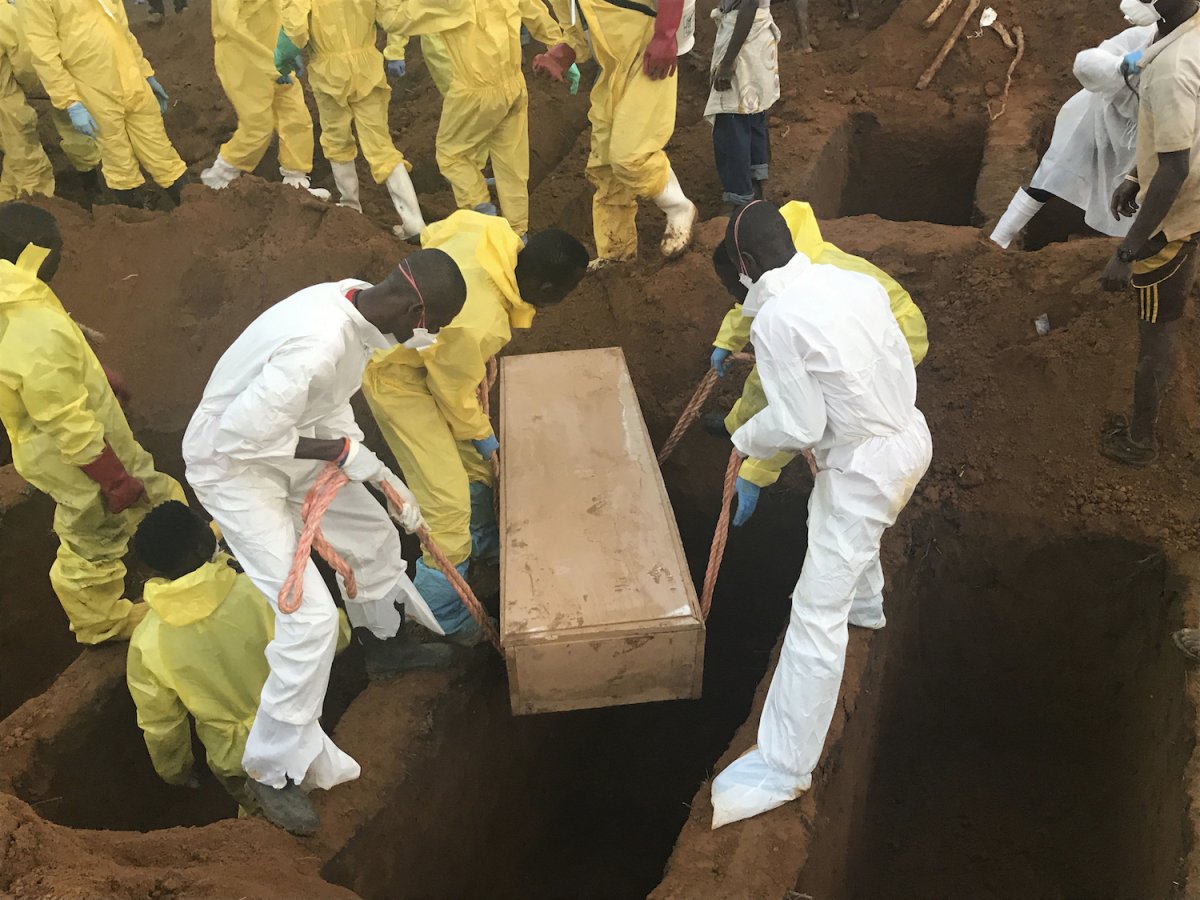
Heavy rains and flooding in the region pushed rivers of mud downhill. The government put the official death toll at nearly 500. But many outlets reported higher tallies: Al Jazeera said more than 1,000 were buried and killed in the slides.
Construction on the hillsides of Sierra Leone around the capital of Freetown is unregulated, and many homes weren’t ready for the rains.
Another mudslide in Colombia, one of the worst disasters in the country’s recent history, killed more than 250 people in April.
In a spate of icier slides, dozens were killed in a series of avalanches on the Afghanistan-Pakistan border.
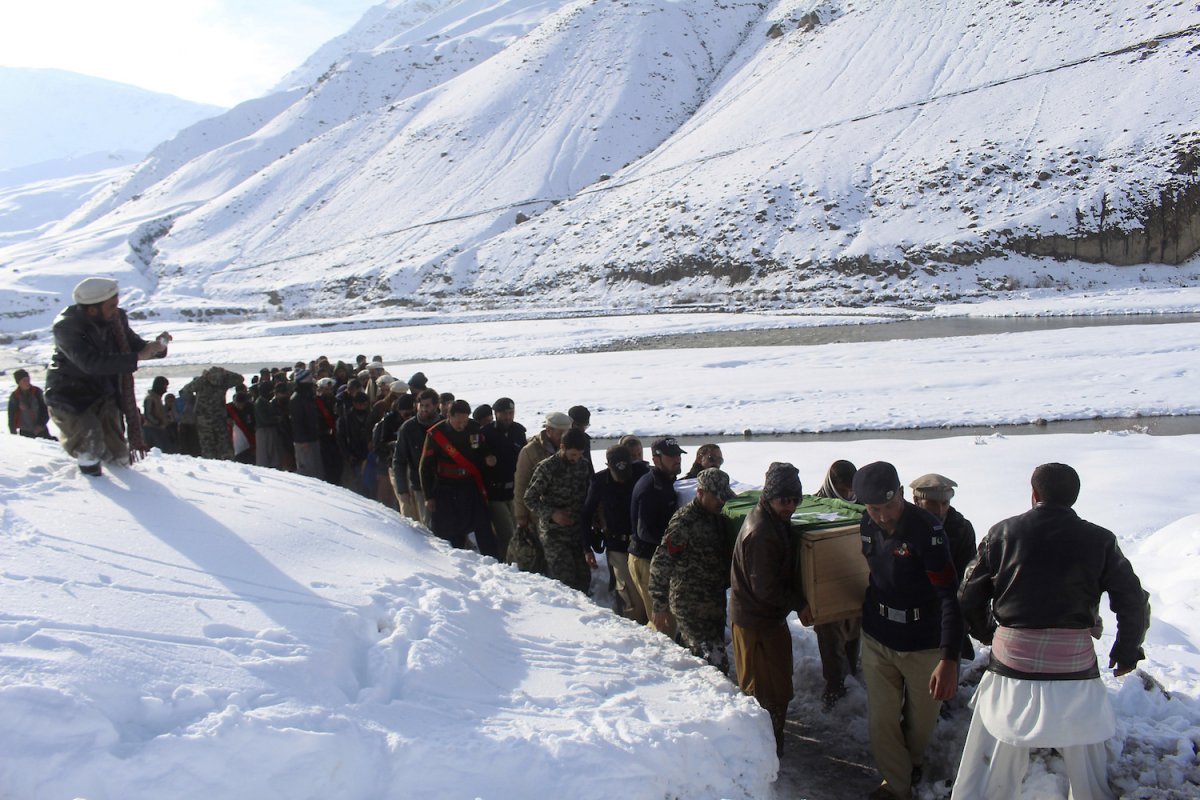
Heavy snows fueled the cascades, which tumbled onto some poorly-constructed clay and mud homes.
While avalanches are common in the Hindu Kush mountains, The Guardian put the death toll from this outbreak at more than 135.
(Photo: People walk next to a gas station flooded and damaged by the impact of Hurricane Maria, which hit the eastern region of the island, in Humacao, Puerto Rico, Wednesday, September 20, 2017.Carlos Giusti/AP) Photos: agencies.